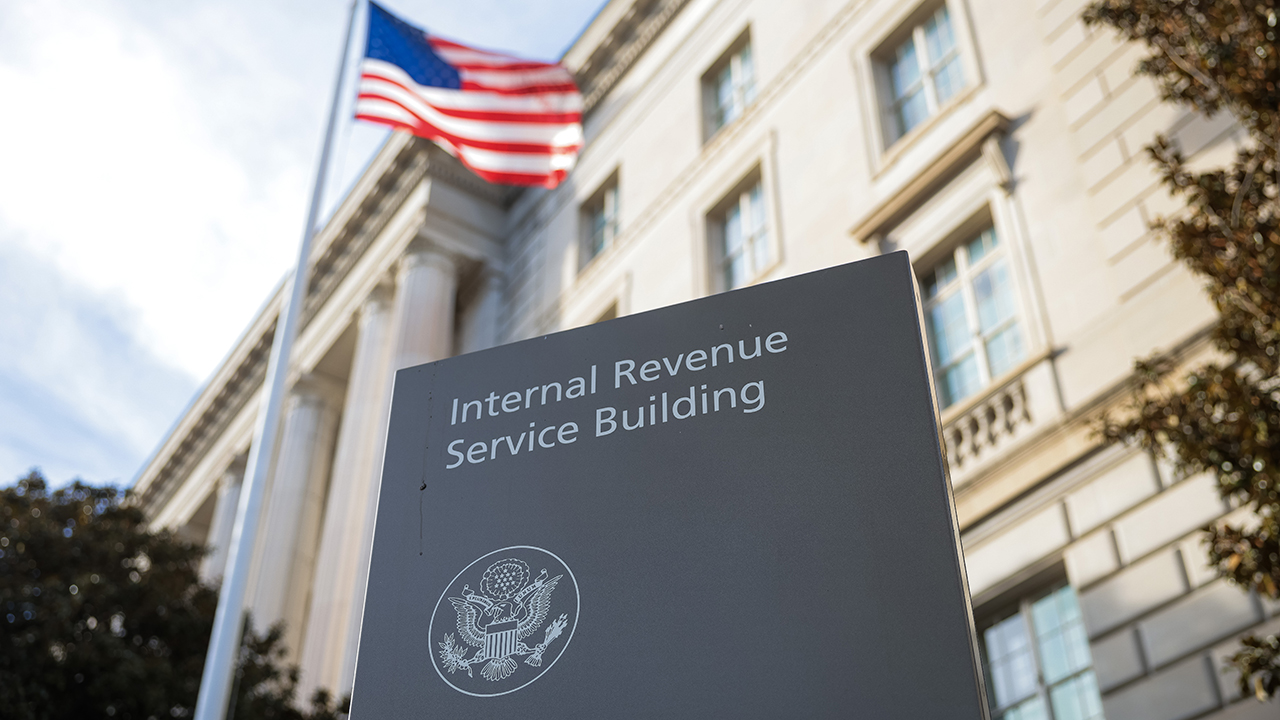GDPR & EU AI Act: A 2025 checklist for teams who transcribe customer calls (Sponsored)
By 2025, teams that transcribe customer calls face more than just an operational task. They face legal and ethical responsibilities. Both the GDPR and the EU AI Act shape how voice data and transcripts are collected, stored, and analysed. Calls carry personal information in what people say and even in their voice itself. Once transcribed, they create a second sensitive data set. That is why compliance is not optional, but it is about protecting customers and earning their trust. Here is a practical checklist to help teams stay on track.
What are the core GDPR principles for transcribing customer calls?
The core GDPR principles for transcribing customer calls make it clear: you need a lawful reason to transcribe calls, and you must stick to that purpose. Consent, legitimate interest, or contractual necessity are the standard bases. If you transcribe for training, you cannot later reuse that transcript for marketing without new consent.
GDPR also limits what you can capture. You should only record what is necessary and avoid irrelevant or overly sensitive parts of conversations. Using selective recording or redaction tools helps minimise risks.
To stay compliant:
- Define why you are recording and transcribing before you start.
- Collect only what is needed for that purpose.
- Share clear privacy notices with customers.
- Use selective recording or redact sensitive details.
Failing these principles risks fines, reputational damage, and, under the AI Act, added penalties if speech analysis tools are misused.
How should teams manage processor vs. controller roles and cross-border data flows?
Teams should manage processor vs. controller roles and cross-border data flows in transcription projects by defining the roles and laying down the parameters for each role. The organisation that decides why and how data is processed is the controller. The vendor handling transcription is usually the processor. Each has specific responsibilities under GDPR.
If you hire a provider, you must sign a Data Processing Agreement (DPA). This sets clear rules for security, data use, and breach reporting. When audio or transcripts move outside the EU, you will also need approved transfer mechanisms such as Standard Contractual Clauses (SCCs).
By 2025, data residency will have become more important, with many clients and regulators preferring that data stay within the EU.
Practical steps:
- Map out who the controller is and who the processor is.
- Update DPAs to include details on voice data and deletion procedures.
- Confirm valid transfer mechanisms for data leaving the EU.
- Consider local EU data storage to reduce compliance risks.
Treating DPAs as boilerplate is a mistake. A DPA should reflect the unique risks of voice and transcription data.
What operational controls are required for retention, deletion, and access?
The operational controls required for retention, deletion, and access include a prohibition on keeping transcripts or call audio forever. Retention rules mean you need clear timelines for how long data is stored. Once the purpose is met, the data must be deleted both in active systems and backups.
Access controls are just as necessary. Only people with a business need should be able to view or download transcripts. Every action, access, edit, or deletion should be logged for accountability.
To tighten controls:
- Set retention schedules for audio and transcripts.
- Automate deletion with SLAs and confirmation reports.
- Use role-based access permissions.
- Keep immutable audit logs for all access events.
These measures are not just about GDPR. They also protect against the misuse of transcripts in AI models, ensuring only authorised and relevant data gets processed.
How does the EU AI Act impact speech-based features in 2025?
The EU AI Act introduces risk-based rules for AI systems. Simple transcription for record-keeping is usually low risk. But when AI analyses speech to detect emotions, stress, or credibility, the risk rises, particularly if those insights affect service decisions, pricing, or eligibility.
That is where compliance gets stricter. Organisations must run Data Protection Impact Assessments (DPIAs) that cover both GDPR and AI Act obligations. These include how models are trained, what datasets are used, and how potential biases are managed.
Key risks and controls:
| Risk Area | Description | Mitigation Measure |
|---|---|---|
| Voice biometric profiling | Risk of identifying individuals via vocal patterns | Disable storage of biometric vectors, use one-way encryption |
| Emotional inference bias | Models misinterpret speech tone based on cultural differences | Conduct cultural bias audits and retraining |
| Decision-making influence | Speech features alter service eligibility | Require human validation before final decision finalisation |
| Cross-border AI processing | Training data hosted outside the EU | Apply SCCs and data localisation policies |
| Data minimisation breaches | Excessive non-relevant speech is stored | Implement redaction and segmentation |
To sum up: In 2025, transcribing customer calls means navigating both GDPR’s established principles and the EU AI Act’s evolving requirements. GDPR focuses on lawful basis, minimisation, and retention, while the AI Act raises the bar on oversight and transparency in speech-based AI features. This is not just about avoiding penalties but about building trust as well. Customers care how their voices and transcripts are handled. Companies that act early, stay transparent, and put strong controls in place will help set themselves apart as leaders in responsible AI and data protection.
The post GDPR & EU AI Act: A 2025 checklist for teams who transcribe customer calls (Sponsored) appeared first on EU-Startups.













































